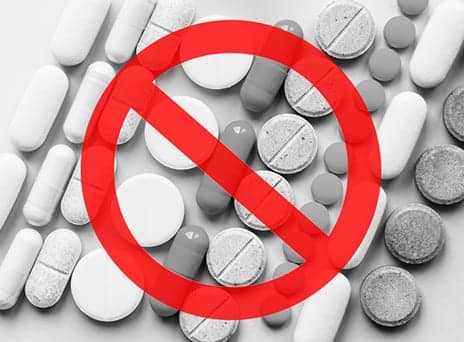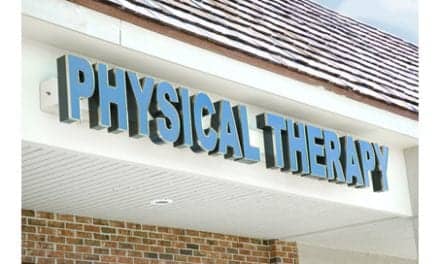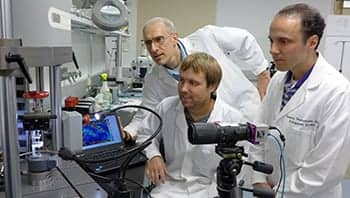(Reuters Health) – About one in five kids are prescribed opioids after common pediatric surgeries, but a new study suggests they may do just as well with alternative pain relievers like acetaminophen or ibuprofen.
From 1999 to 2016, opioid-related overdoses rose by 250% among children and teens in the U.S., prompting widespread efforts to curb use of these addictive narcotic painkillers. Even though acute pain after surgery is the most common reason opioids are prescribed for kids, it’s not been clear how well this type of pain relief stacks up against other options, researchers note in JAMA Surgery.
For the current study, researchers asked caregivers of 404 kids under age 18 to log how often children took prescribed painkillers and whether the caregivers felt their pain was well controlled.
The children had undergone common childhood surgeries like hernia repair, appendectomy, adenoidectomy, circumcision, and elbow fracture repairs. Half of them were younger than 4 years.
Only 88 kids, or 22%, left the hospital with opioid prescriptions. Half of these kids received at least 10 doses.
There wasn’t a meaningful difference in pain control between kids who got opioid prescriptions and children who didn’t. And there also wasn’t any difference in pain-related visits to emergency rooms or requests for opioid prescriptions after discharge based on whether children were sent home with opioid prescriptions.
“Our study found that use of non-opioid and non-medication pain strategies results in good pain control after many children’s operations,” said Dr. Calista Harbaugh, lead author of the study and a researcher at the University of Michigan in Ann Arbor.
“If opioids are prescribed, parents should expect that their child should need few doses and only in the first days after surgery,” Harbaugh said by email.
Overall, 88% of the kids were prescribed acetaminophen and 78% of kids were prescribed ibuprofen; some children got both.
More than four in five kids had good pain control and another 14% had adequate pain control.
Few kids had poor pain control: 3.4% of kids prescribed opioids and 4.8% of kids without opioid prescriptions, a difference that could have been due to chance.
Only three kids visited the ER for pain after they were discharged following surgeries; two had constipation after an appendectomy and were not using opioids and a third had urinary retention after circumcision.
The study wasn’t a controlled experiment designed to prove whether or how opioids might provide better pain relief than alternative painkillers. Another limitation of the study is that it was done at a single medical center and might not represent what would happen elsewhere, the study team notes. It’s also possible the study was too small to detect meaningful differences in outcomes.
Still, the results suggest that parents should think twice about giving opioids to kids who have minor surgery, said Dr. Constance Houck of Boston Children’s Hospital and Harvard Medical School.
“Effective pain control at home for many minor surgical procedures in children (the types of procedures that are done as an outpatient procedure) can often be done with just acetaminophen (Tylenol) and ibuprofen (Advil, Motrin),” Houck, who wasn’t involved in the study, said by email.
“Current strategies in the operating room aimed at reducing the need for opioid medicines such as the routine use of numbing medicines and intravenous acetaminophen combined with the use of around-the-clock dosing of nonopioid medicines have made it so that opioids are either not needed or are needed in only small amounts after many common outpatient surgeries,” Houck added.
[Source: Reuters Health]





